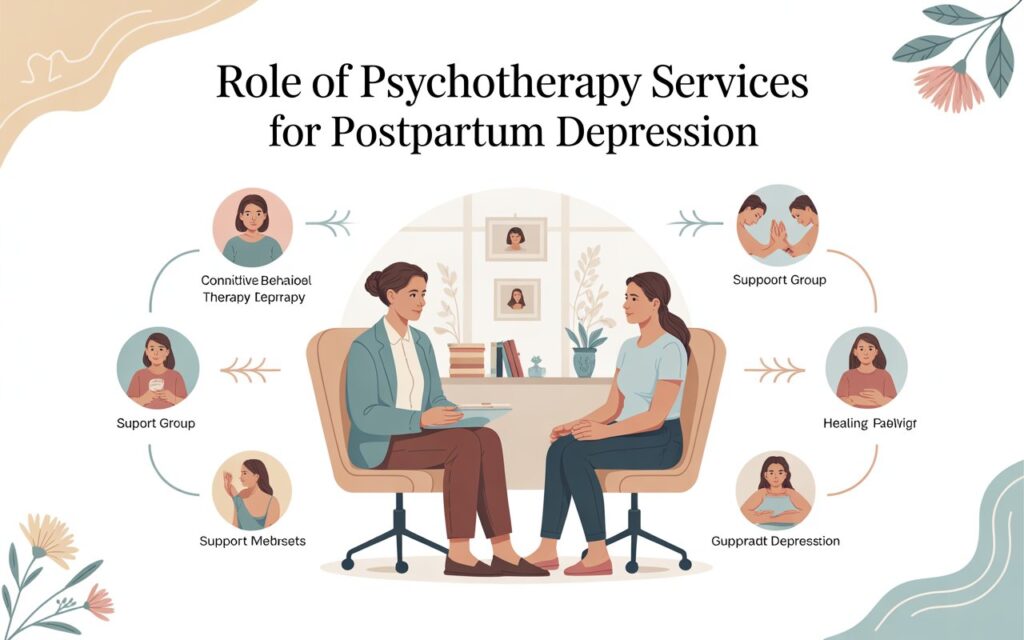The P-Shot in Islamabad, also known as the Priapus Shot, has gained significant attention in recent years as a non-surgical treatment designed to improve male sexual performance, enhance sensitivity, and address erectile dysfunction. This innovative procedure uses platelet-rich plasma (PRP) derived from the patient’s own blood, making it a natural option compared to pharmaceutical treatments or surgical interventions. But as with any medical treatment, it’s natural to wonder: is the P-Shot safe, and what risks or side effects should you be aware of before proceeding?
In this article, we break down how the P-Shot works, discuss its safety profile, explain potential risks, and outline what patients can realistically expect before and after the procedure.
Table of Contents
ToggleHow Does the P-Shot Work?
The P-Shot begins with a simple blood draw from the patient. The blood is then processed in a centrifuge to separate the platelet-rich plasma (PRP) — a component packed with growth factors known for stimulating tissue regeneration and healing. Once prepared, this PRP is injected into specific areas of the penis to promote better blood flow, enhance nerve sensitivity, and improve tissue quality. Because the treatment uses the patient’s own biological material, it reduces the likelihood of allergic reactions or rejection, making it inherently safer than synthetic alternatives.
What Makes the P-Shot Safe?
Several factors contribute to the P-Shot’s strong safety profile:
-
Autologous material: Since the PRP comes from your own blood, there’s virtually no risk of allergic reaction or transmission of diseases.
-
Minimally invasive procedure: Unlike surgical treatments, the P-Shot involves only small injections without the need for cutting, stitches, or general anesthesia, which reduces overall procedural risk.
-
Trained professionals: When performed by qualified practitioners, the P-Shot is carried out under sterile, controlled conditions, further minimizing the possibility of infection or complications.
What Are the Common Side Effects?
Although the P-Shot is generally considered safe, patients should be aware of some mild, temporary side effects that can follow the procedure, such as:
-
Swelling or redness at the injection site: These symptoms are usually mild and subside within a few hours to a couple of days.
-
Bruising: Minor bruising can occur but typically resolves on its own without intervention.
-
Tenderness or slight discomfort: Some patients report feeling mild soreness, which is usually manageable with over-the-counter pain relievers.
-
Temporary sensation changes: A small percentage of patients experience temporary increases or decreases in sensitivity, which typically normalize over time.
These side effects are usually short-lived and do not interfere significantly with daily activities.
Are There Serious Risks?
While serious complications are rare, it’s important to understand that no medical procedure is entirely without risk. Potential (though uncommon) complications include:
-
Infection: Any time the skin is punctured, there’s a small risk of infection, though this is minimized by proper sterile technique.
-
Prolonged bleeding: Individuals with bleeding disorders or those on blood-thinning medications may face a slightly increased risk.
-
Scarring or nodules: Improper technique or unqualified providers can lead to irregularities, so it’s crucial to seek treatment from experienced professionals.
-
Unmet expectations: While many patients report high satisfaction, outcomes can vary, and some may not achieve the dramatic results they hoped for.
How Can You Minimize Risks?
To ensure the safest experience possible, follow these key steps:
-
Choose a reputable provider: Research the clinic and make sure your procedure is performed by a licensed, experienced practitioner familiar with P-Shot protocols.
-
Share your full medical history: Inform your doctor about any medications you’re taking, allergies, or medical conditions that might increase procedural risks.
-
Follow post-procedure care instructions: Your provider will give you guidelines for recovery, including when to resume sexual activity and how to care for the treatment area.
Who Should Avoid the P-Shot?
While the P-Shot is safe for most men, certain individuals should avoid or postpone treatment, including:
-
Those with active infections or skin conditions in the treatment area.
-
Men with uncontrolled diabetes or severe cardiovascular conditions without prior medical clearance.
-
Individuals with blood-clotting disorders or those on anticoagulant medications (unless approved by their doctor).
-
Patients with unrealistic expectations or psychological conditions contributing to sexual dysfunction.
An honest consultation with your doctor will help determine whether you are a suitable candidate.
Why Trust Matters
Because the P-Shot’s safety heavily depends on proper technique, sterile conditions, and precise application, it’s crucial to choose a trusted medical clinic. Avoid non-medical spas or unlicensed providers who offer treatments at bargain prices but lack the necessary training or safety standards. Remember, while the P-Shot is minimally invasive, it still requires medical expertise.
Conclusion
In summary, the P-Shot is a safe and effective treatment option for many men looking to enhance sexual performance, improve erectile function, and boost confidence. When performed by trained professionals using sterile techniques, the risks are minimal, and most side effects are mild and short-lived. However, it’s important to have a thorough consultation, understand the potential risks, and maintain realistic expectations about the results.
If you’re considering the P-Shot in Islamabad and want expert guidance, the SKN Cosmetics clinic is an excellent choice. Their team of skilled professionals offers personalized consultations, advanced treatments, and the highest standards of safety to help you achieve optimal results with confidence.









